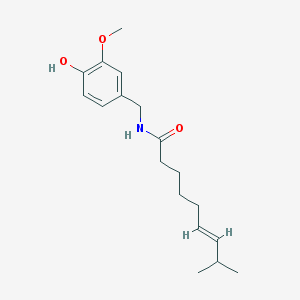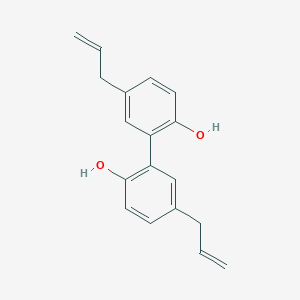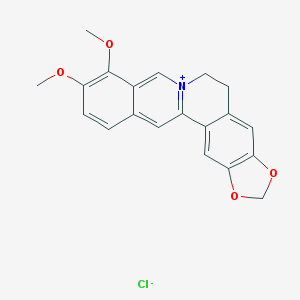Description
Capsaicin is a chili pepper extract that has anti-inflammatory effects. Capsaicin is a neuropeptide release agent that targets main sensory peripheral neurons only. Capsaicin, when applied topically, helps to regulate peripheral nerve pain. This agent has been used to alter substance P (CAS# 33507-63-0) and other tachykinins in experiments. Furthermore, capsaicin may be helpful in controlling mucositis caused by chemotherapy and radiotherapy.
- Benefits of Capsaicin:
- Pain Relief: Capsaicin is widely used in topical creams and patches to alleviate pain. It works by reducing the amount of substance P, a chemical that carries pain messages to the brain.
- Weight Loss: Some studies suggest that capsaicin can boost metabolism, which helps in burning calories and fat, aiding in weight loss.
- Anti-inflammatory Properties: It has anti-inflammatory effects, which can be beneficial in reducing swelling and inflammation in various conditions.
- Cancer Research: Preliminary research indicates that capsaicin may play a role in killing certain cancer cells, though more research is needed in this area.
- Applications:
- Medical: In medicine, capsaicin is used in topical ointments and patches for treating neuropathic pain, arthritis, and musculoskeletal pain.
- Culinary: Capsaicin is what gives chili peppers their heat, making it a popular ingredient in spicy cuisines worldwide.
- Pest Deterrent: Due to its irritating properties, it’s sometimes used in pest deterrent sprays to keep animals like squirrels and deer away from gardens.
- Main Usage:
- Topical Pain Relievers: The most common use of capsaicin is in over-the-counter creams and patches for pain relief.
- Culinary Spice: It’s extensively used to add heat and flavor in cooking, especially in spicy dishes.
- Dietary Supplements: Capsaicin is also available in the form of dietary supplements, often marketed for weight loss and metabolic health.





